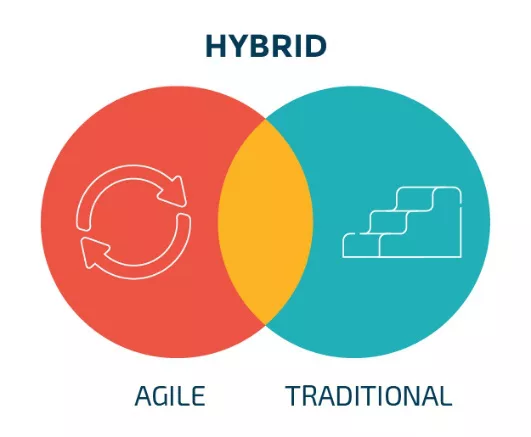Blog
Data Backup and Recovery Service
I’m sure you, like every business, have information that you do not want to lose. With the right data backup and...
How to Use Data Centers for Your Business
Today, just as an estimation, data produces at a rate of 2.5 quintillion bytes daily. There is absolutely no question...
Fiber Network and Copper Cables, What’s the Difference?
There are a lot of networking channels, such as copper cables, radio links, and microwaves. However, the only...
Dark Fiber – What Is It?
When a fiber is in use, it has a light pulse being transmitted through it. What do these light pulses do, you ask?...
4 Reasons Why Data Storage Services Are Important
Technological advancements are becoming incomprehensible as time passes by. This has increased the amount of data...
What Is a Hybrid IT Strategy, and How to Adopt It?
The introduction and the ever-growing popularity of cloud technology have changed the IT landscape globally. More and...
Fiber vs. Cable Internet: Which One Is Best?
Are you skeptical about which one, fiber vs. cable internet, will allow you to surf the internet with great speed?...
Understanding Cloud Resource Pooling
One of the terms IT departments constantly use, resource pooling, serves as an important tool in satisfying customer...
Benefits of Choosing Private Cloud for Your Business
What Is Private Cloud Solution? How Can Your Business Benefit From It? During the last two years, the cloud computing...









